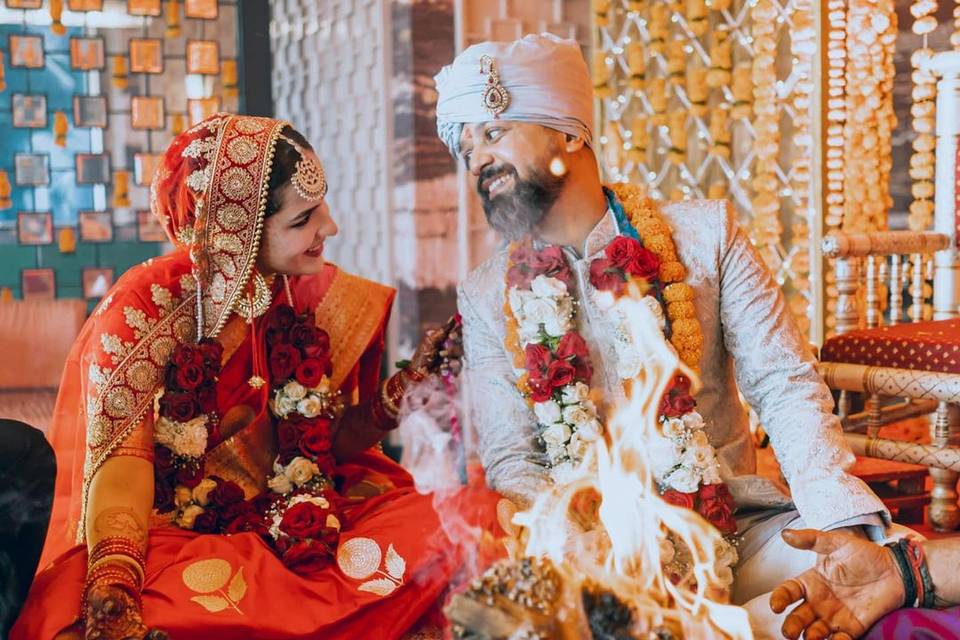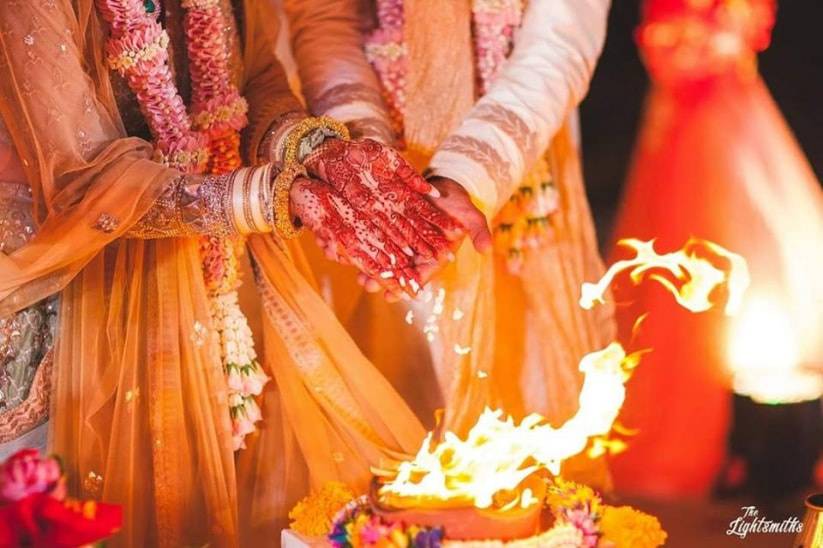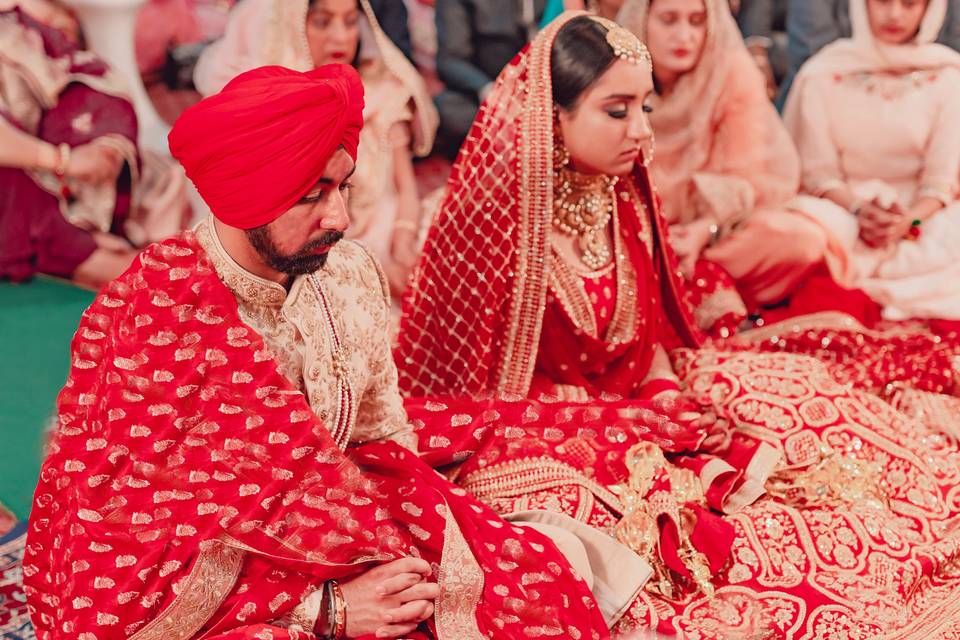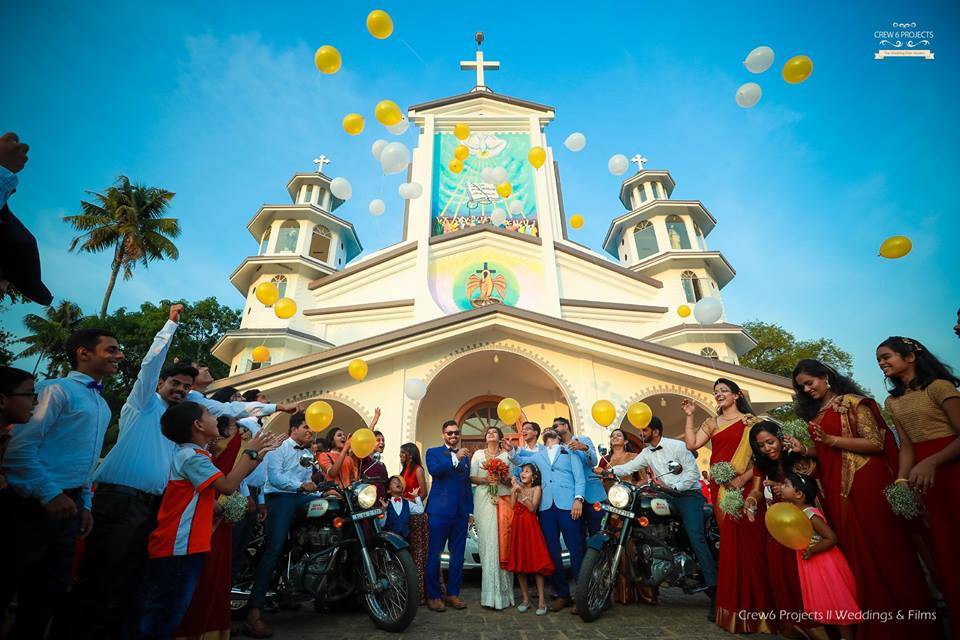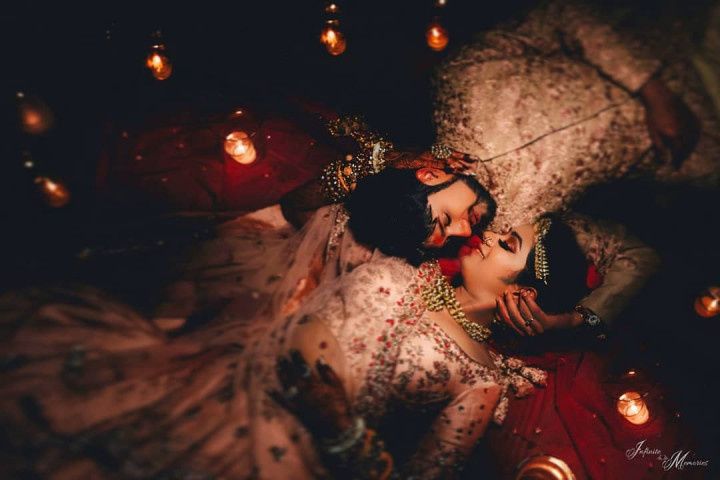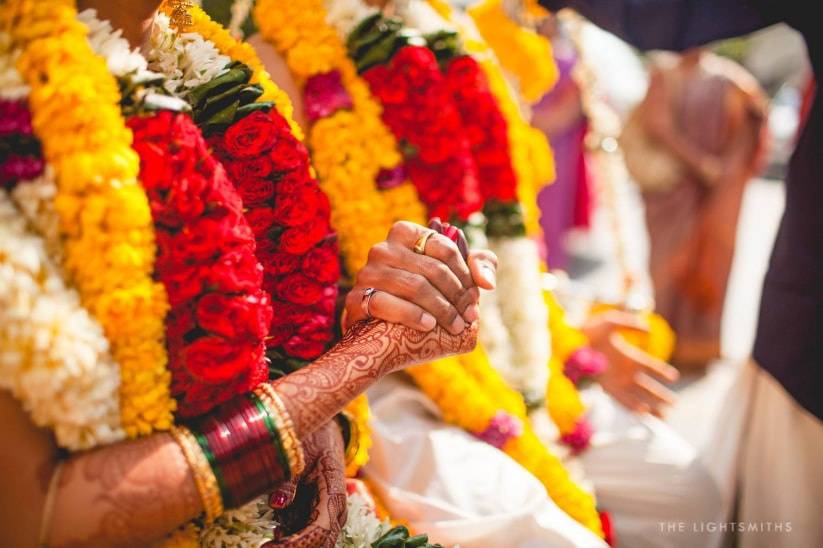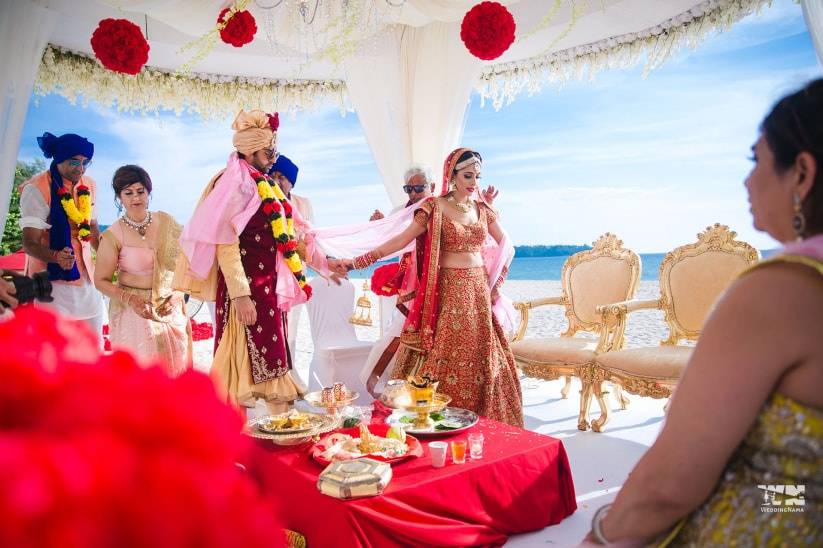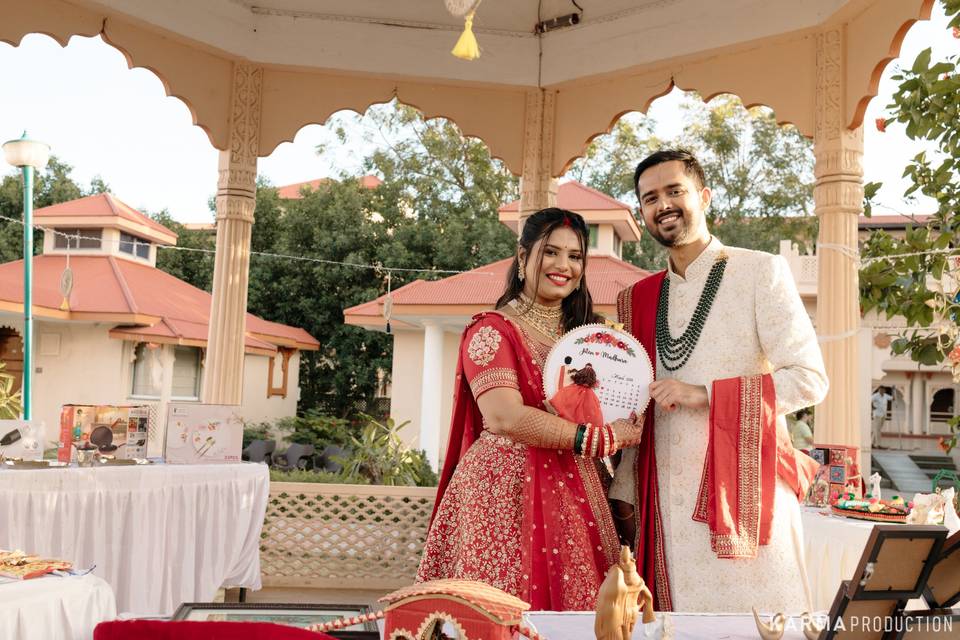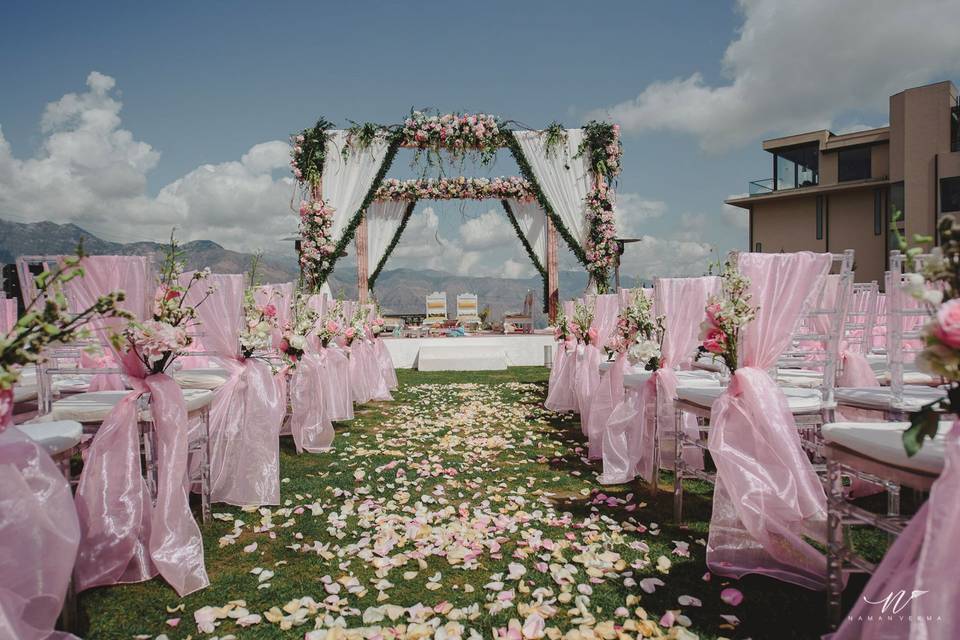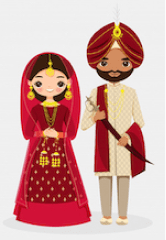10 Things I Learned While Planning My Intercultural Wedding
#BrideGuide on planning an intercultural wedding - Pick your top ceremonies and learn to laugh at the glitches! an intercultural marriage is all about two religions coming together. Read on to know how love conquers all.

Weddings are the best time to understand the diversity India has to offer. Every culture has a different set of wedding traditions and rituals. This means the planning work doubles but so does the fun. Case in point – Tanya and Vatsan’s gorgeous Jodhpur wedding.
Tanya calls herself a proper 'North Indian' with her Punjabi mother and Rajasthani father while Vatsan’s a TamBrahm boy from Chennai. The couple met during their engineering days and got together once they were both placed in the same company in Delhi. They started talking marriage sometime in November 2016, which is when the conversation of an intercultural wedding first came up. Tanya told us, “Weddings are usually hosted by the bride’s family and everyone assumed that I’d want to do it the North Indian way. But I was sure that I wanted to follow the rituals of both our families. I was very excited about wearing a kanjeevaram saree and performing the rituals I’d only seen in movies.”
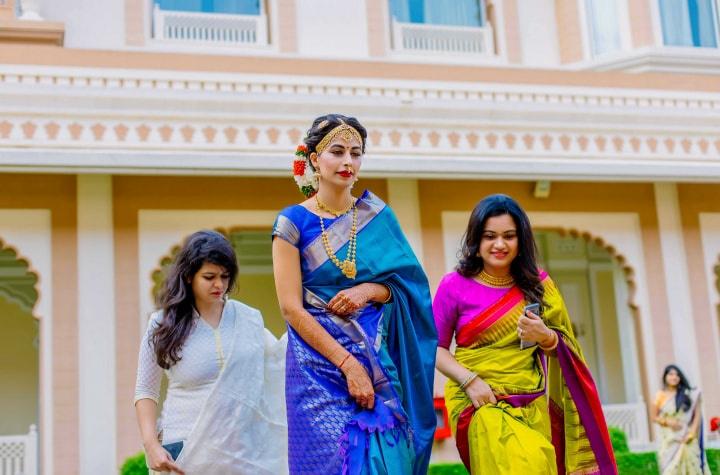
Tanya planned her wedding over a period of nine months, which she feels was just enough time to bring everything together. She shared, “The planning process was so much fun! We had a supportive set of parents on both sides who were thrilled to learn about each other’s cultures and traditions.”
So, for this week’s #BrideGuide, we got Tanya to share her top 10 learnings from planning an intercultural wedding to help any couple planning a ‘2 States’ wedding. Take note and share these pointers with your families to pull off a glitch-free wedding.
1. Start planning early
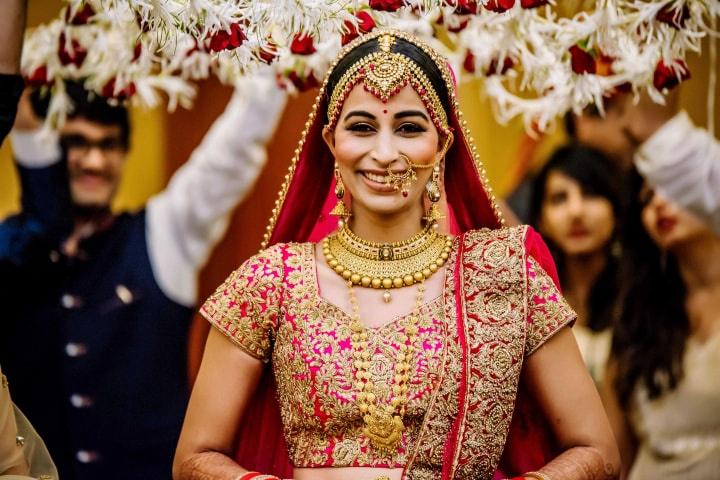
You’ll need a minimum of nine months to a year of preparation time for an intercultural wedding. As Tanya explains, “My wedding to-do list had double the number of tasks! I’m glad we had time on our hands and I could execute everything without overstressing myself or my planning partners.”
2. Communicate with your families
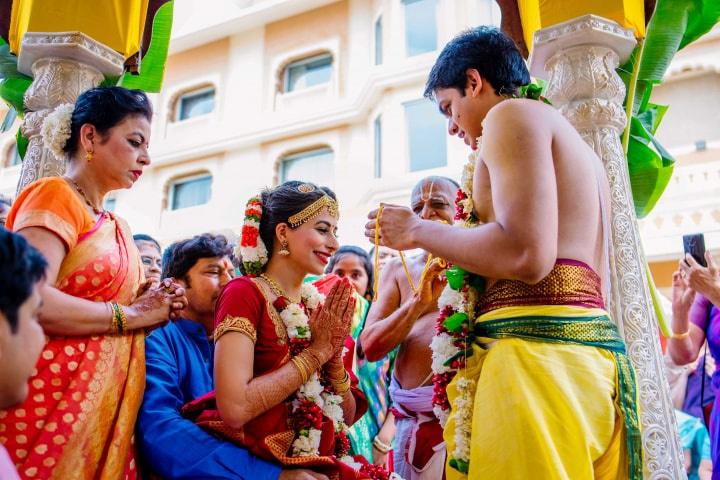
Communication is key here because you would want both sides of the families to be completely onboard for your intercultural wedding. Help your family members with their research and build up to the ceremonies. “Vatsan’s family was thrilled about travelling to Rajasthan all the way from Chennai. Similarly, everyone in my Punjabi family read about TamBrahm wedding ritual,” explains Tanya.
3. Talk to the priests of both cultures

Tanya’s wedding had two pandits from her side of the family and two pandits flew with Vatsan’s family from Chennai. She explained, “We spoke to our pandits well in advance while my mother-in-law coordinated with their set of pandits and helped us navigate around the language barriers.”
4. Commute with necessary pooja ingredients
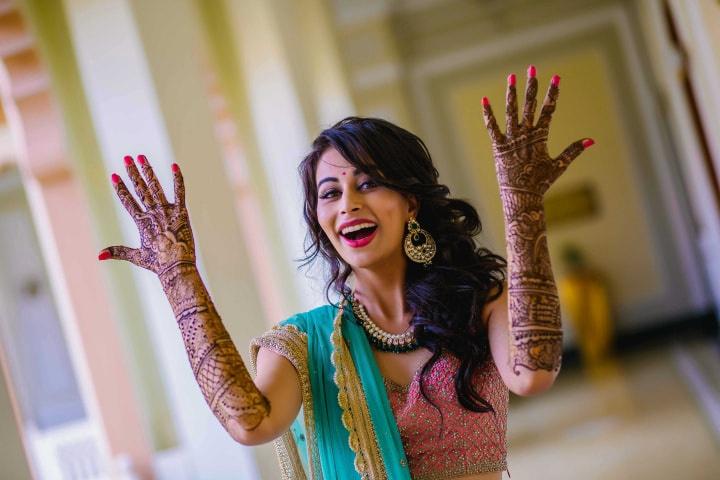
An Indian wedding is incomplete without an over-demanding pandit! Tanya shared, “Even though we had prepared in advance, the pandit jis would still suddenly demand a pooja ingredient that was very hard to arrange for at the last minute.” The solution is to travel with the necessary samagri and tell your priests to accommodate accordingly.
5. Focus on the important ceremonies
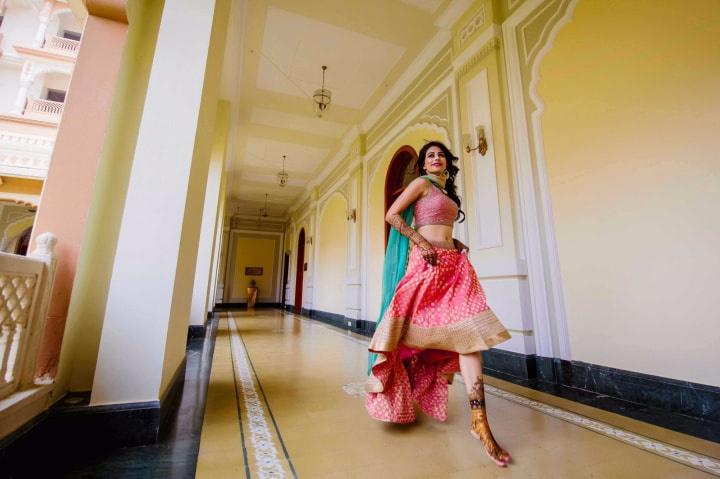
Both North Indian and South Indian weddings have many big and small wedding rituals. Pick out the most important ones and plan your wedding itinerary accordingly. Skip the extra events or combine two small functions to save everyone’s time and energy on the main days.
6. Prepare complete cloth sets for every small and big ceremony

The more the ceremonies, the less time you have to prepare for them. So, to avoid any last-minute goof-ups, prepare complete outfit sets for each function. "I knew no one will be able to get me flowers at 4 am, so I'd prepared the entire set the night before. There was no time for improvisation. I'd set strict timelines for my makeup and bridal photoshoot, and thankfully, both my makeup artist and my photographers, Infinite Memories, worked around my schedule."
7. Have enough food options for both sides
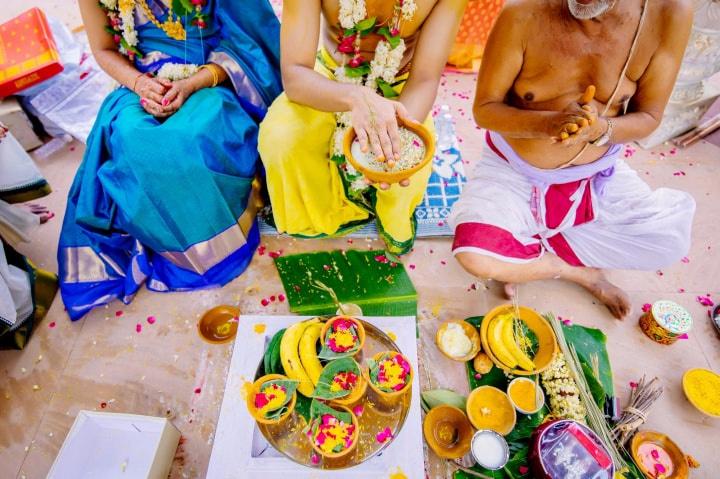
Ensure that the caterers have enough food options for both cultures throughout the wedding. This becomes all the more important during a destination wedding. As Tanya explains, "We had a balanced menu throughout the wedding, with a special focus on food from both cultures. Vatsan's family had flown in from Chennai, so we made sure the caterers had sufficient south Indian food options for the guests to enjoy during the three-day event."
8. Talk to the brides of your partner’s culture
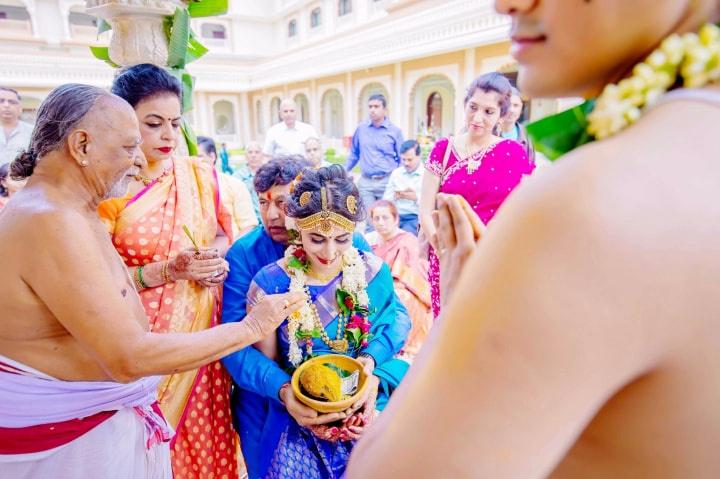
During the planning stages, speak to brides from your partner’s culture and get some important bridal etiquette tips from them. “I had no Tamilian friends, so I had to do a lot of research, but this would have helped definitely.” Brides know exactly what your in-laws will be expecting from you and that way, you can avoid any uncomfortable moments on the main ceremony days.
9. Respect each other’s families
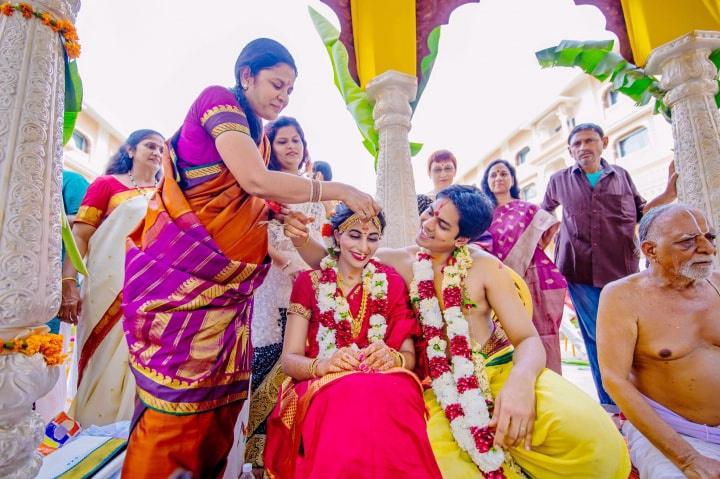
It’s okay if you don’t get their customs and if they don’t get yours. What’s important is that you respect their rituals and show support in every small and big way. Tanya shared, “Their Kanyadaan ceremony was new for me and my father because I had to sit in his lap for the entire ceremony. But we both really appreciated the ritual. Similarly, all the ladies in my family wore silk sarees for the Tamil ceremony.”
10. Laugh the glitches off
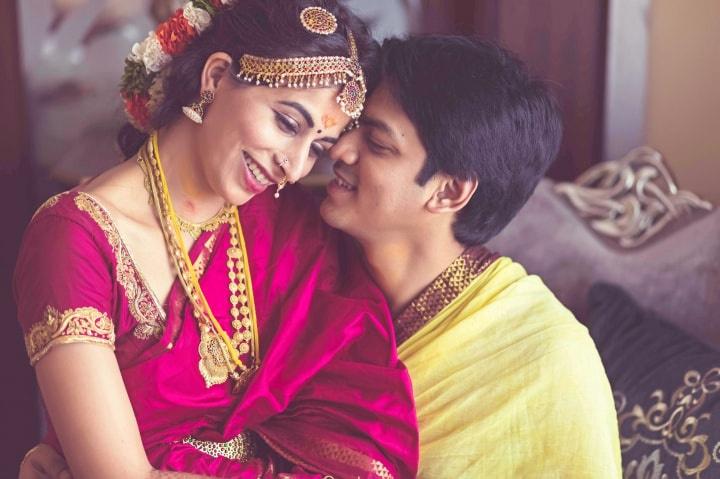
Don’t be surprised or upset if you still struggle with last-minute glitches. Like Tanya shares, “It’s important to not be stringent with every wedding detail. We faced small hiccups here and there, especially during the pooja ceremonies but thankfully, both Vatsan and I and our families laughed them off.”
Turn your wedding into a beautiful album of memories by ensuring your wedding photographer and wedding videographer is present at all times. From getting your bridal lehenga on point to finding a makeup artist who will weave her wondrous wand to transform your look. Want to read something similar? Take a look at our Punjabi marriage article to see what an outsider bahu feels like when getting married into a Punjabi family.
We hope you enjoyed reading their tales just as much as we did. Tell us what you thought of it through comments.

